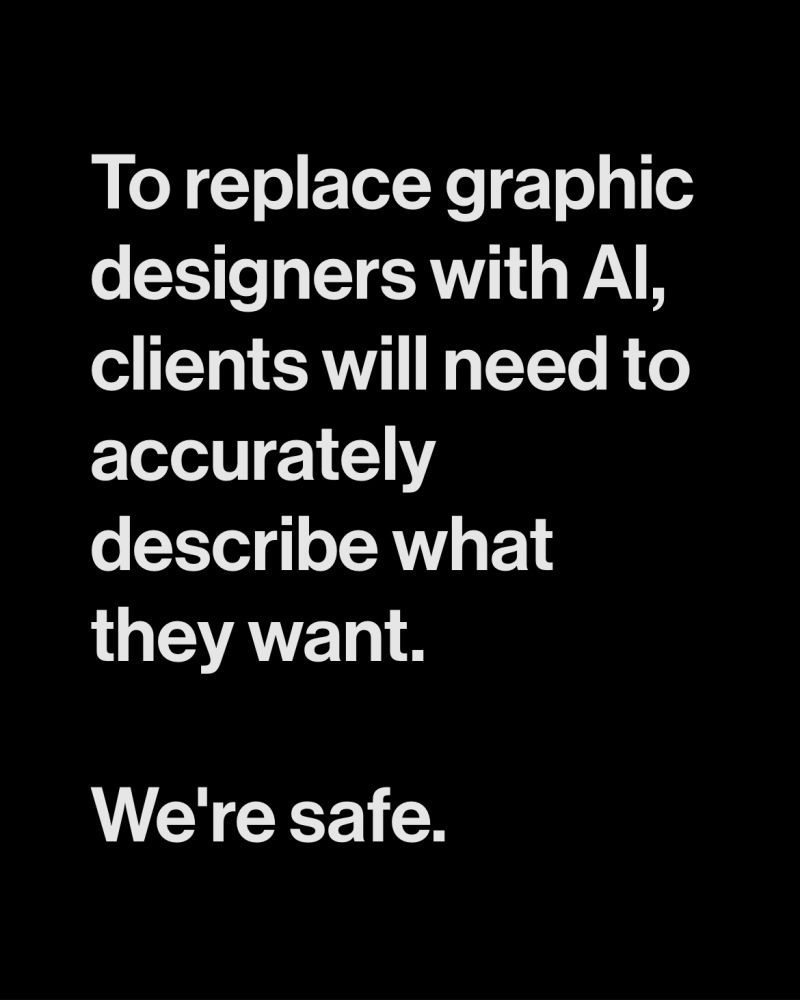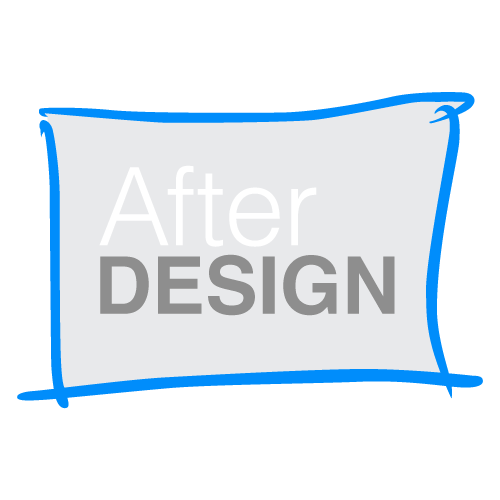There’s a joke that’s been doing the rounds in the design industry for a while now. It includes different variations of: “Generative AI won’t steal our jobs because it would require clients or bosses to articulate exactly what they want.” I admit, I laughed along and echoed the sentiment when Dall-E, the AI that generates images from textual descriptions, was first introduced.

However, a creeping realization dawned on me recently. It wasn’t the punchline that made me rethink, but a trend I’ve noticed over my years working in design – the human tendency to settle for “good enough” when they are the ones at the helm.
In the countless meetings and brainstorming sessions I’ve been a part of, one pattern stands out distinctly. When people have to roll up their sleeves and dive into the creative process themselves, their lofty aspirations of groundbreaking design ideas often come crashing down to the comfortable plane of “good enough”. The high standards they uphold when someone else is in the creative hot seat seem to conveniently slip when it’s their turn to play the artist. It’s an interesting quirk of human nature, one that often made me shake my head in bemusement.
But the advent of generative AI systems like Dall-E or Midjourney adds a new and ominous dimension to this trend. We’re now looking at machines that can churn out design options at lightning speed. Is it top-tier, avant-garde design? Probably not. But here’s the rub – it’s often “good enough”.
Now, combine the human tendency to settle for good enough when they’re doing the work with the cost efficiency of AI systems. If an employer or client can get a design that is decent, in less time, and at a fraction of the cost of hiring a professional designer, what choice do you think they’ll make? This equation has a dangerous potential to tip the scales against human designers, and that’s something we cannot afford to ignore.
I had a client who wanted to learn to use Midjourney. Guess who hasn’t called me back with more work.
Now, before you start thinking I’m sounding the death knell for our profession, let me clarify. AI, in my perspective, is a tool, not a replacement. It’s not about AI vs. humans, but rather AI and humans. Generative AI systems can be fantastic tools for initial ideas, quick iterations, and taking some load off the more mundane aspects of design.
What we need to remember is this: The magic of design isn’t just in the end product but also in the process. The human touch, the emotions, the ability to empathize with the end-user, and create a design that resonates with them – these are nuances that AI is still far from mastering. And these are the things that elevate a design from “good enough” to great.
What’s next?
But, let’s acknowledge a bitter truth: There will always be employers who, unfortunately, view design as a cost rather than an investment. For them, the allure of “good enough” at a fraction of the price might prove too strong. These are often the same employers who, regardless of AI advancements, have always been content with sub-par design, who never quite grasped the profound impact that thoughtful design can have on their business.
However, it’s equally important to remember that there will always be employers who truly value design – those who understand that design isn’t just about how something looks, but how it works, how it feels, and how it creates an experience for its users. These employers recognize the unique value that professional designers bring to the table, and they are willing to invest in it.
The rise of AI doesn’t change this fundamental division. Instead, it highlights the importance for designers to articulate and demonstrate our value more effectively than ever before. We need to emphasize that our expertise extends far beyond creating something visually pleasing – we create experiences, tell stories, and often, shape the very soul of a product or brand.
This is the challenge we face, and it’s one I believe we can rise to. Because while AI might be able to offer “good enough” for some, there will always be a demand for the exceptional, the thoughtful, and the deeply human elements that only we, as designers, can provide.



